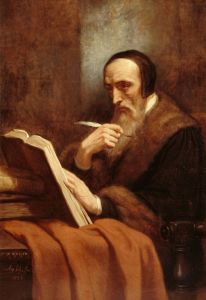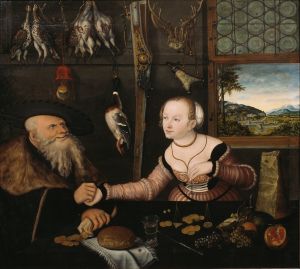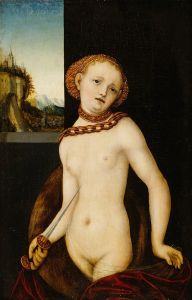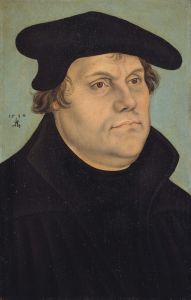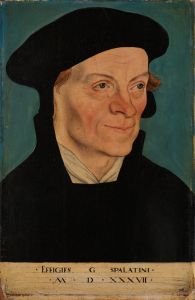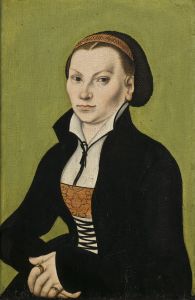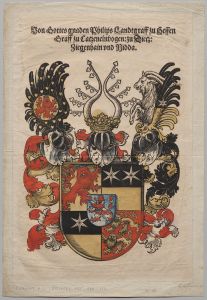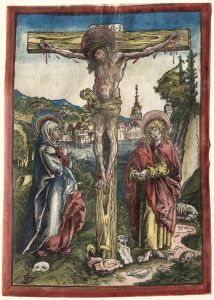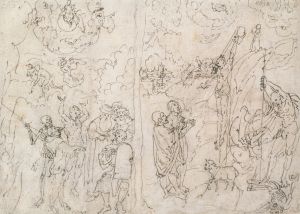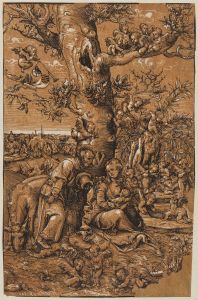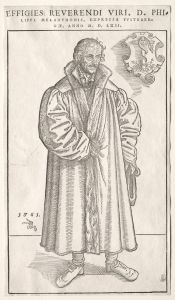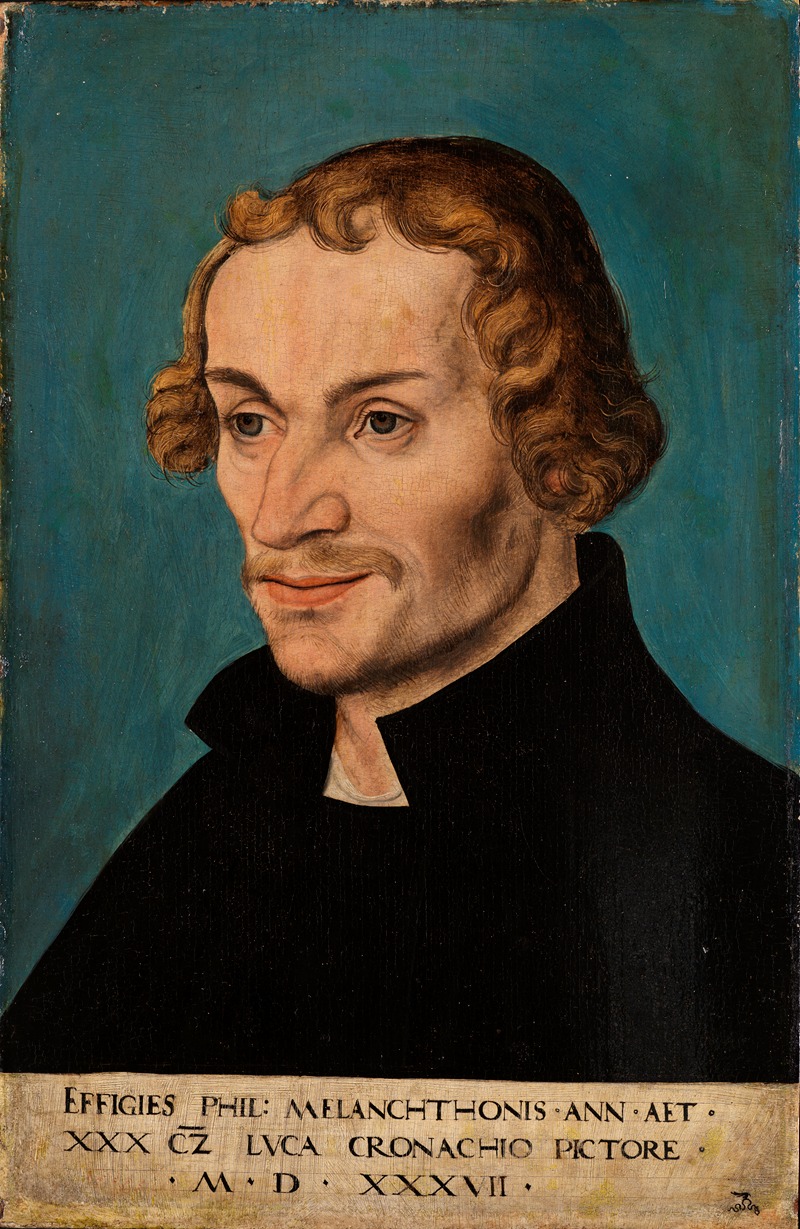
Bildnis des Reformators Philipp Melanchthon
A hand-painted replica of Lucas Cranach the Elder’s masterpiece Bildnis des Reformators Philipp Melanchthon, meticulously crafted by professional artists to capture the true essence of the original. Each piece is created with museum-quality canvas and rare mineral pigments, carefully painted by experienced artists with delicate brushstrokes and rich, layered colors to perfectly recreate the texture of the original artwork. Unlike machine-printed reproductions, this hand-painted version brings the painting to life, infused with the artist’s emotions and skill in every stroke. Whether for personal collection or home decoration, it instantly elevates the artistic atmosphere of any space.
Lucas Cranach the Elder, a prominent German Renaissance painter, created the portrait Bildnis des Reformators Philipp Melanchthon (Portrait of the Reformer Philipp Melanchthon). This artwork is a depiction of Philipp Melanchthon, a key figure in the Protestant Reformation and a close collaborator of Martin Luther. Melanchthon was a theologian, scholar, and writer who played a significant role in shaping the doctrines of the Reformation and advancing education in Protestant regions.
The painting is an example of Cranach's skill in portraiture, which was highly regarded during his time. Cranach was known for his ability to capture the likeness and personality of his subjects, often portraying leading figures of the Reformation. His close association with Martin Luther and other reformers made him a central figure in documenting the movement through art. Cranach's workshop produced numerous portraits of reformers, including Melanchthon, which were widely distributed and helped to solidify their public image.
In this portrait, Melanchthon is depicted with a serious and contemplative expression, reflecting his intellectual nature and his role as a scholar. The painting emphasizes his scholarly demeanor, with attention to detail in his facial features and attire. Cranach's use of muted colors and precise lines is characteristic of his style, which often combined realism with symbolic elements.
The exact date of the painting is not definitively known, but it is believed to have been created during the early to mid-16th century, a period when Cranach was actively producing works related to the Reformation. The portrait is part of a larger body of work by Cranach that includes depictions of other reformers, as well as religious and mythological subjects.
The painting is significant not only as a work of art but also as a historical document. It provides insight into the visual culture of the Reformation and the ways in which art was used to promote and disseminate the ideas of the movement. Through his portraits, Cranach contributed to the creation of a visual identity for the Reformation and its leaders.
Today, Bildnis des Reformators Philipp Melanchthon is recognized as an important example of Cranach's portraiture and his connection to the Reformation. The painting is held in a museum collection, though its specific location may vary depending on loans or exhibitions. It continues to be studied and appreciated for its artistic and historical significance.





